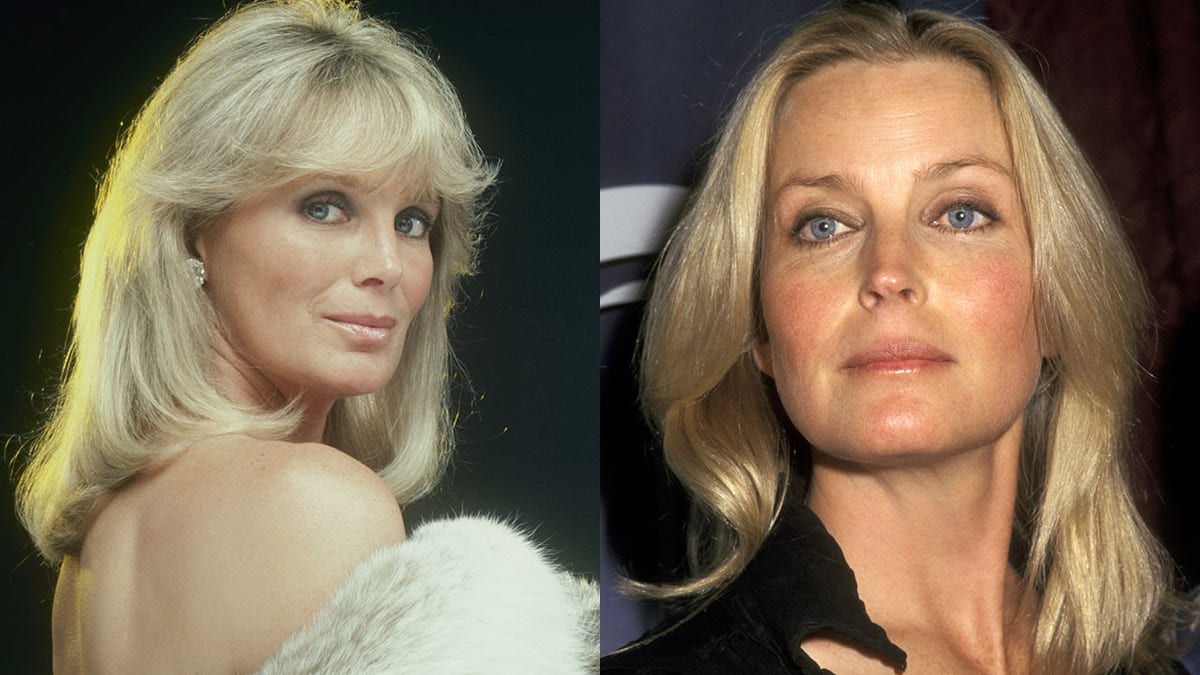
Just 30 minutes ago in San Diego, the family of Linda Evans announced the heartbreaking news that the beloved actress passed away at the age of 82. Known for her iconic roles and enduring presence in television and film, Evans’ death marks the end of an era that has left fans around the world mourning. Yet, beyond the sadness, her passing has also reignited discussions about the evolving nature of fame, the treatment of aging celebrities, and the legacy left behind by Hollywood legends.
Thank you for reading this post, don’t forget to subscribe!

Remembering Linda Evans: A Star of Her Generation
Linda Evans rose to fame during the golden age of television, most notably starring in the hit series Dynasty, where she captivated audiences with her portrayal of Krystle Carrington. Her performances earned her critical acclaim and a devoted fanbase, securing her place among the most memorable actresses of her time.
Her career spanned decades, showcasing versatility and resilience in an industry often criticized for its fleeting attention spans. Evans’ grace both on and off screen made her a role model for many aspiring actors and a beloved figure to millions.
The Sad Reality of Aging in Hollywood
Evans’ passing has also brought attention to a more controversial topic: how Hollywood treats its aging stars. While Evans maintained a dignified presence, many older actors face marginalization, fewer roles, and diminishing public interest as they age. This phenomenon raises questions about the entertainment industry’s obsession with youth and beauty, often at the expense of experience and talent.

Critics argue that the industry’s systemic ageism and sexism contribute to a culture that sidelines veteran performers, robbing audiences of diverse and rich storytelling. Evans’ death serves as a poignant reminder of the need to celebrate and support artists throughout their lives, not just during their peak fame.
Legacy and Influence: Beyond the Screen
Linda Evans’ influence extends beyond her acting credits. She was known for her philanthropic work and advocacy, using her platform to support various charitable causes. Her commitment to making a positive impact off-screen adds depth to her legacy, inspiring debates about the responsibilities of celebrities in public life.
Some fans and commentators have sparked discussions about how the media covers the deaths of famous individuals. There is a fine line between honoring a legacy and sensationalizing personal tragedies. Evans’ family’s announcement was met with respect, but it also highlighted the public’s insatiable appetite for celebrity news, raising ethical questions about privacy and dignity.

Controversies and Conversations Sparked by Her Passing
In the wake of Evans’ death, social media has been flooded with tributes, but also with contentious debates. Some argue that the reverence shown to Hollywood icons contrasts sharply with the neglect faced by everyday people in society, prompting reflections on celebrity culture and societal values.
Others have used this moment to criticize the entertainment industry’s past practices, including the pressures placed on actresses like Evans to conform to unrealistic standards. These conversations challenge fans and industry insiders alike to reconsider how fame is constructed and maintained.
The Broader Cultural Impact
Linda Evans’ death is not just a moment of mourning but a catalyst for broader cultural reflection. It invites us to examine how we remember public figures and the narratives we build around them. Her life story, marked by both triumphs and challenges, encapsulates the complexities of fame, aging, and legacy in modern society.
As the world pays tribute to Evans, it also faces uncomfortable questions about the sustainability of celebrity culture and the human cost behind the glamour.
Conclusion: Honoring a Life That Resonates
The news of Linda Evans’ passing at 82 is a somber moment for fans and the entertainment community. It reminds us of the fleeting nature of life and the enduring power of art to connect generations. While the sadness is palpable, Evans’ legacy encourages us to celebrate not only her achievements but also to engage in meaningful conversations about the realities behind the spotlight.
Her death challenges us to honor the contributions of all artists, to confront the biases within the industry, and to appreciate the depth and diversity of human experience that enrich our cultural landscape.
In remembering Linda Evans, we are called not only to mourn but also to reflect, learn, and perhaps, to change.



